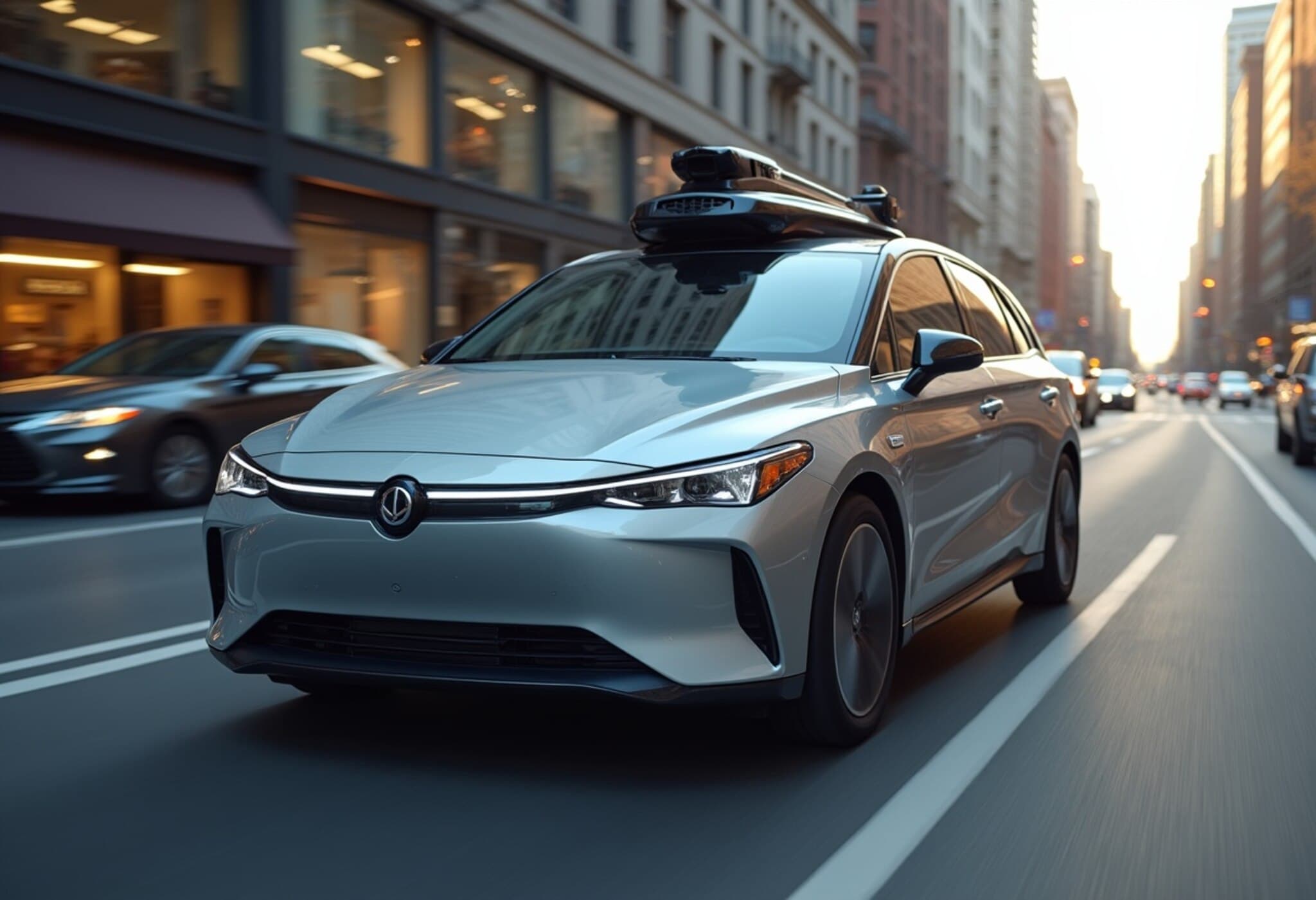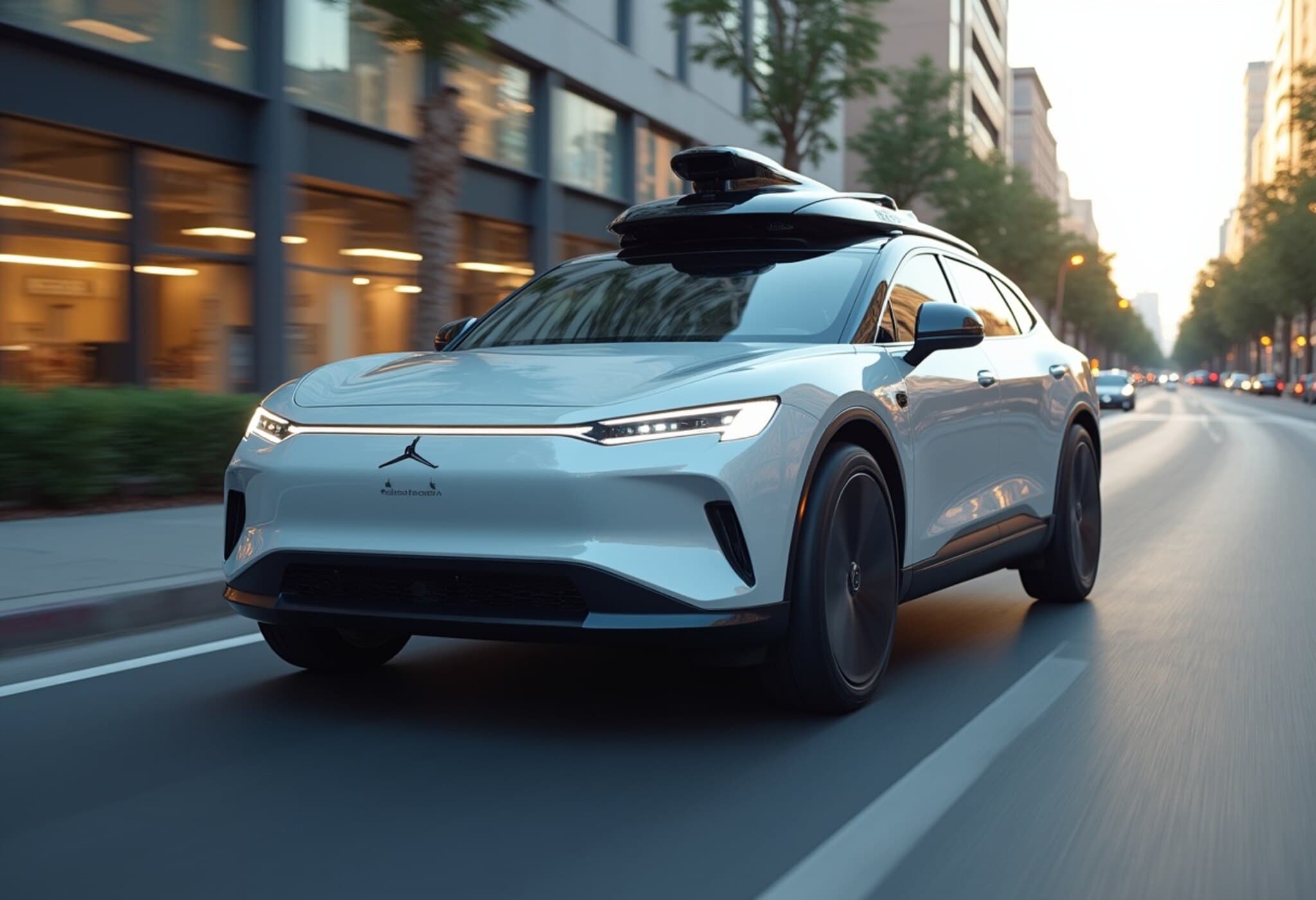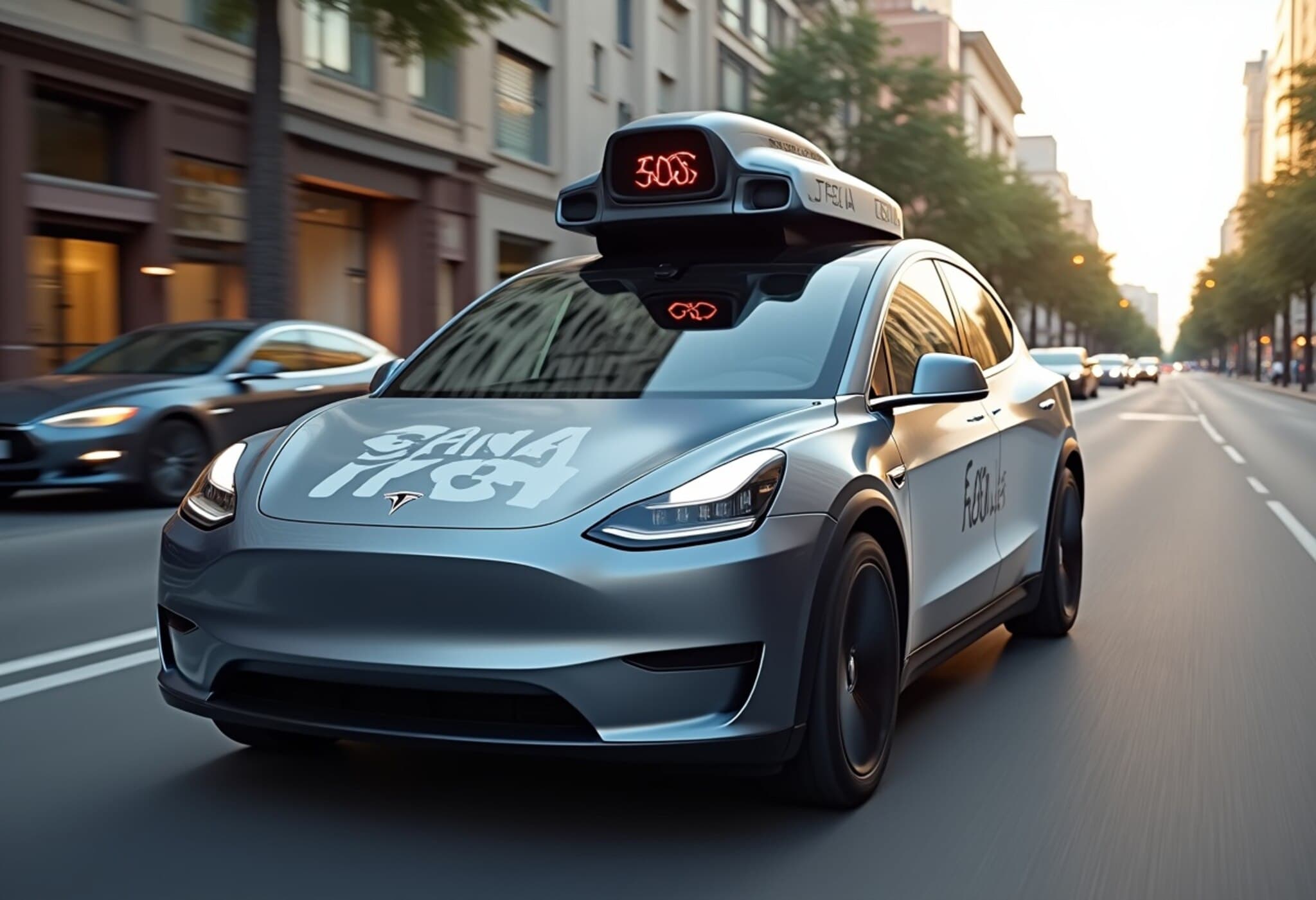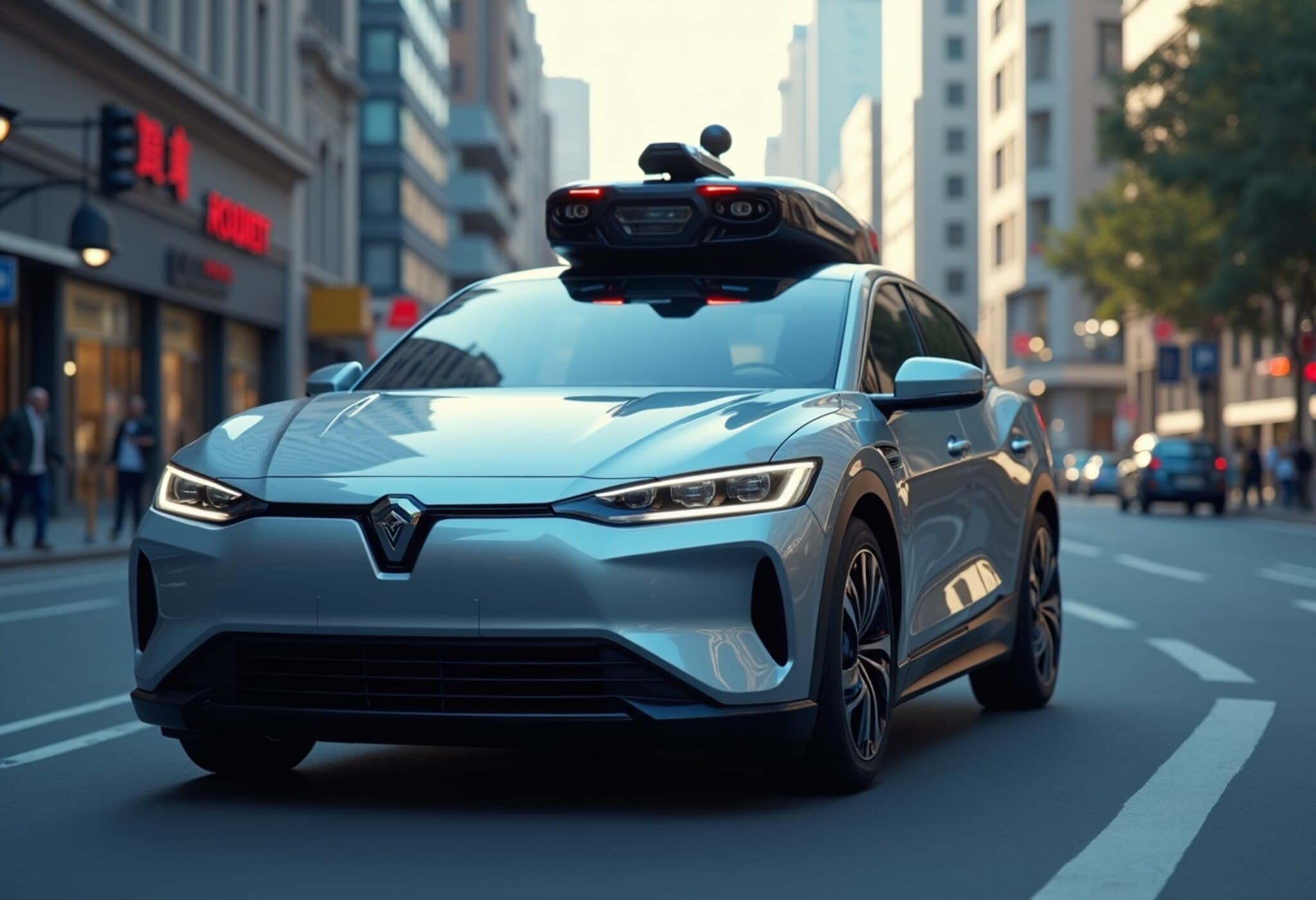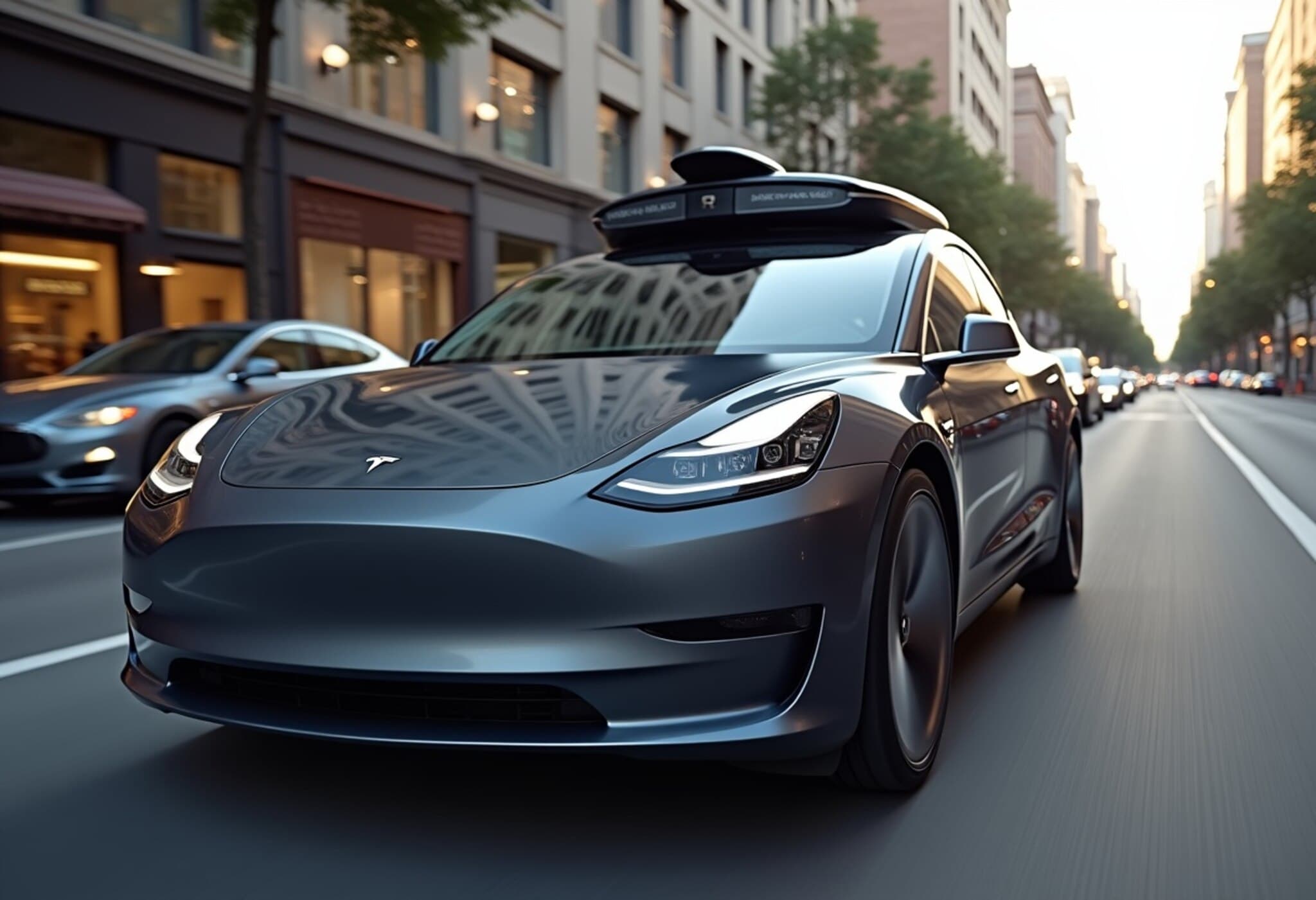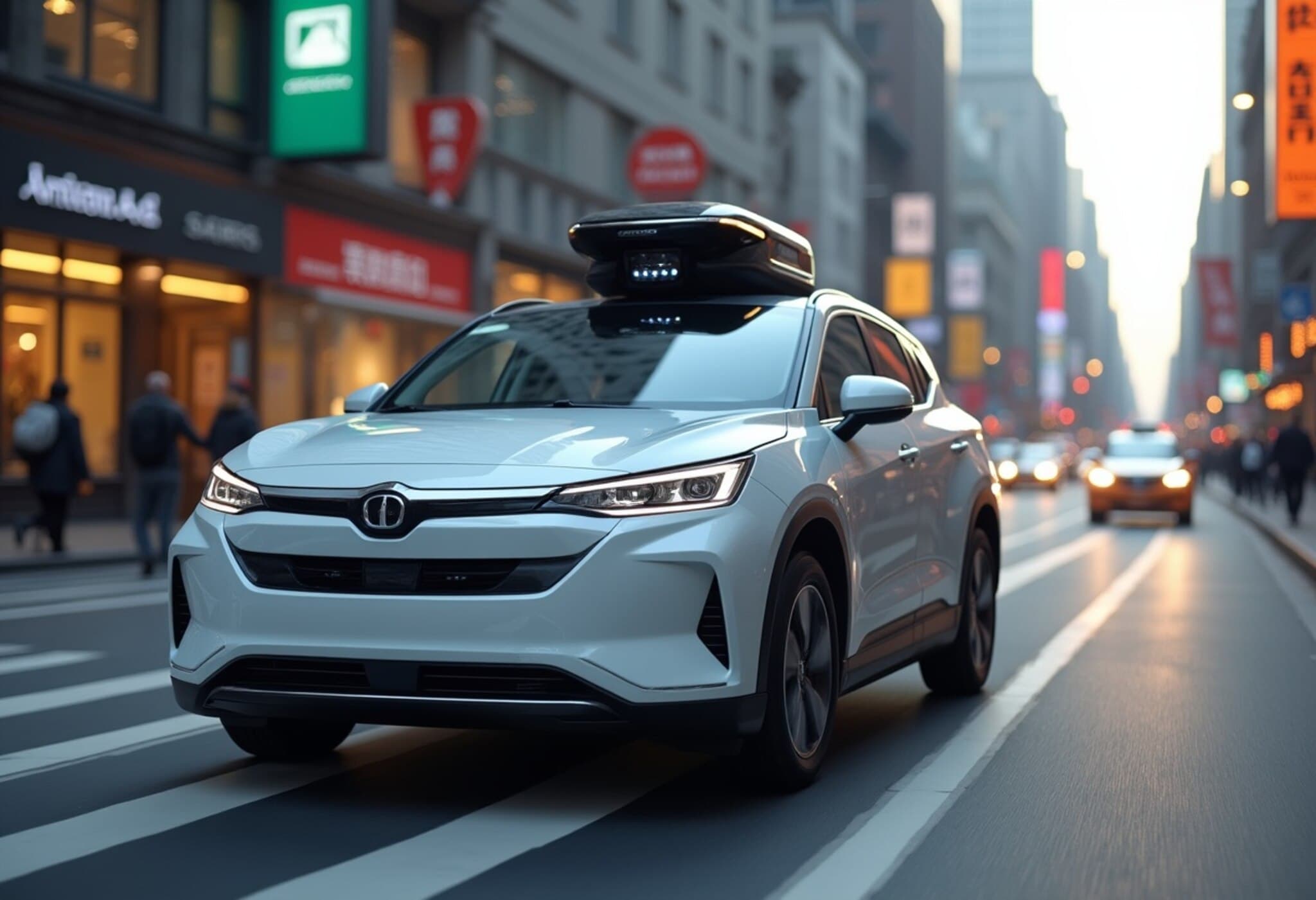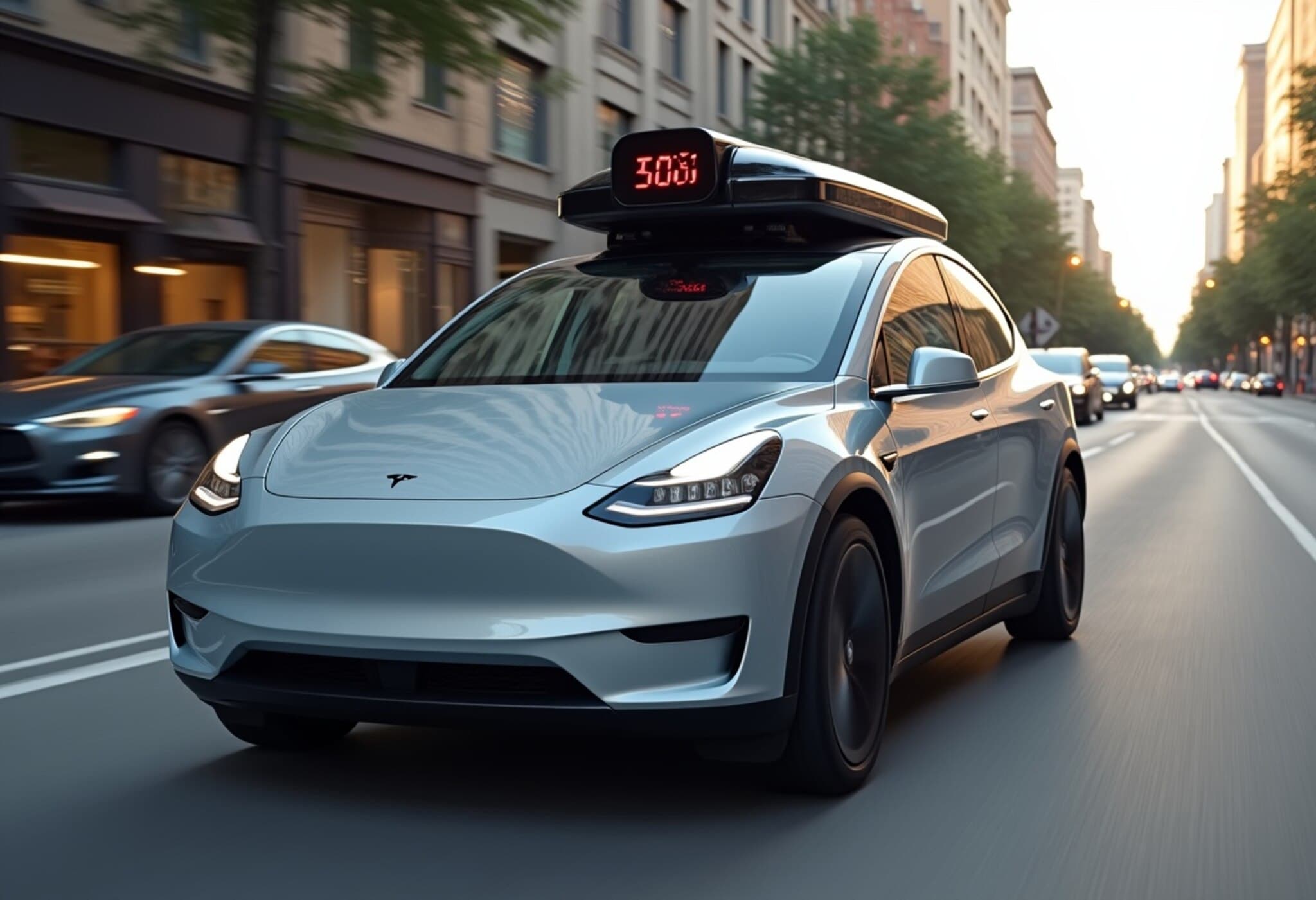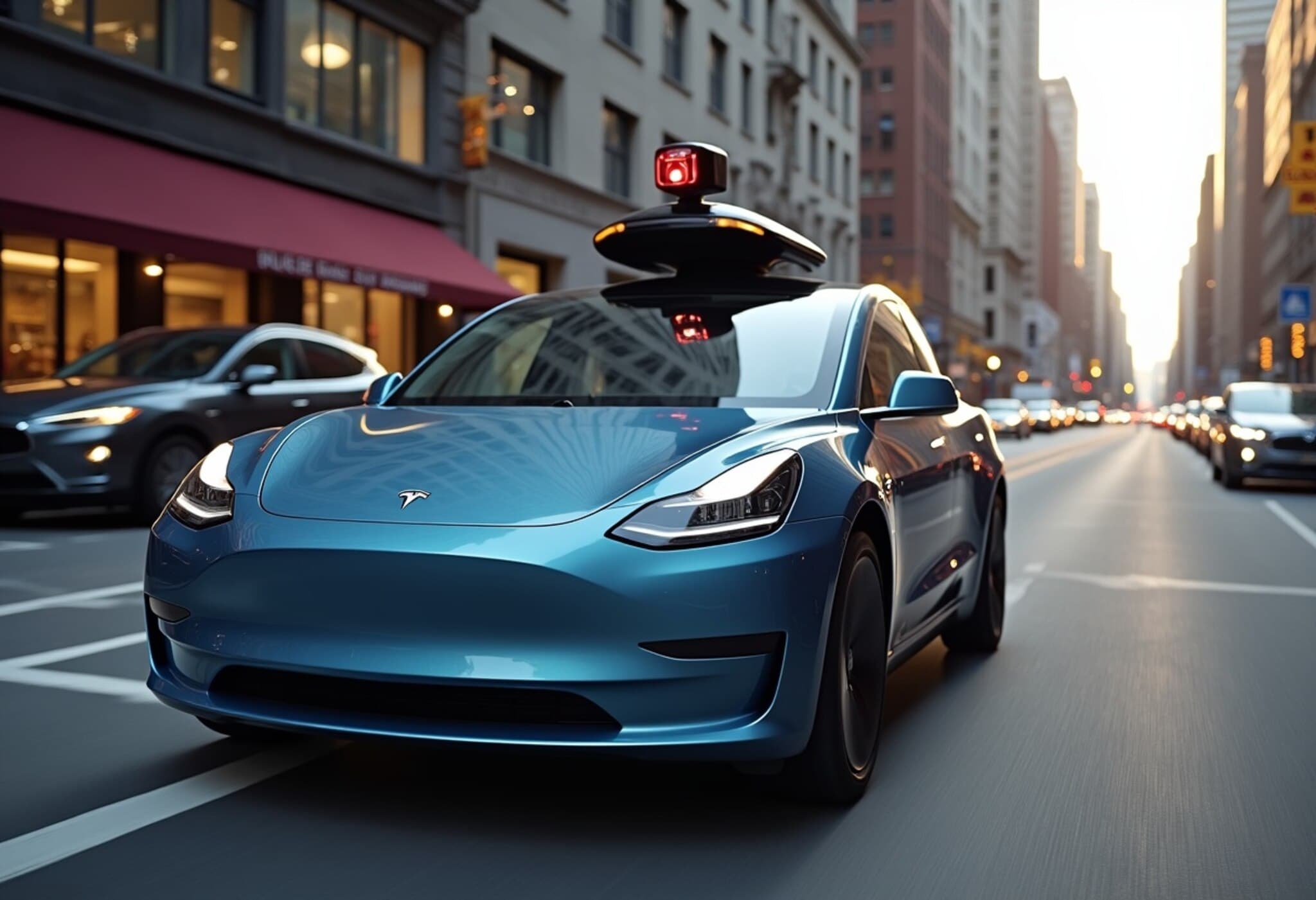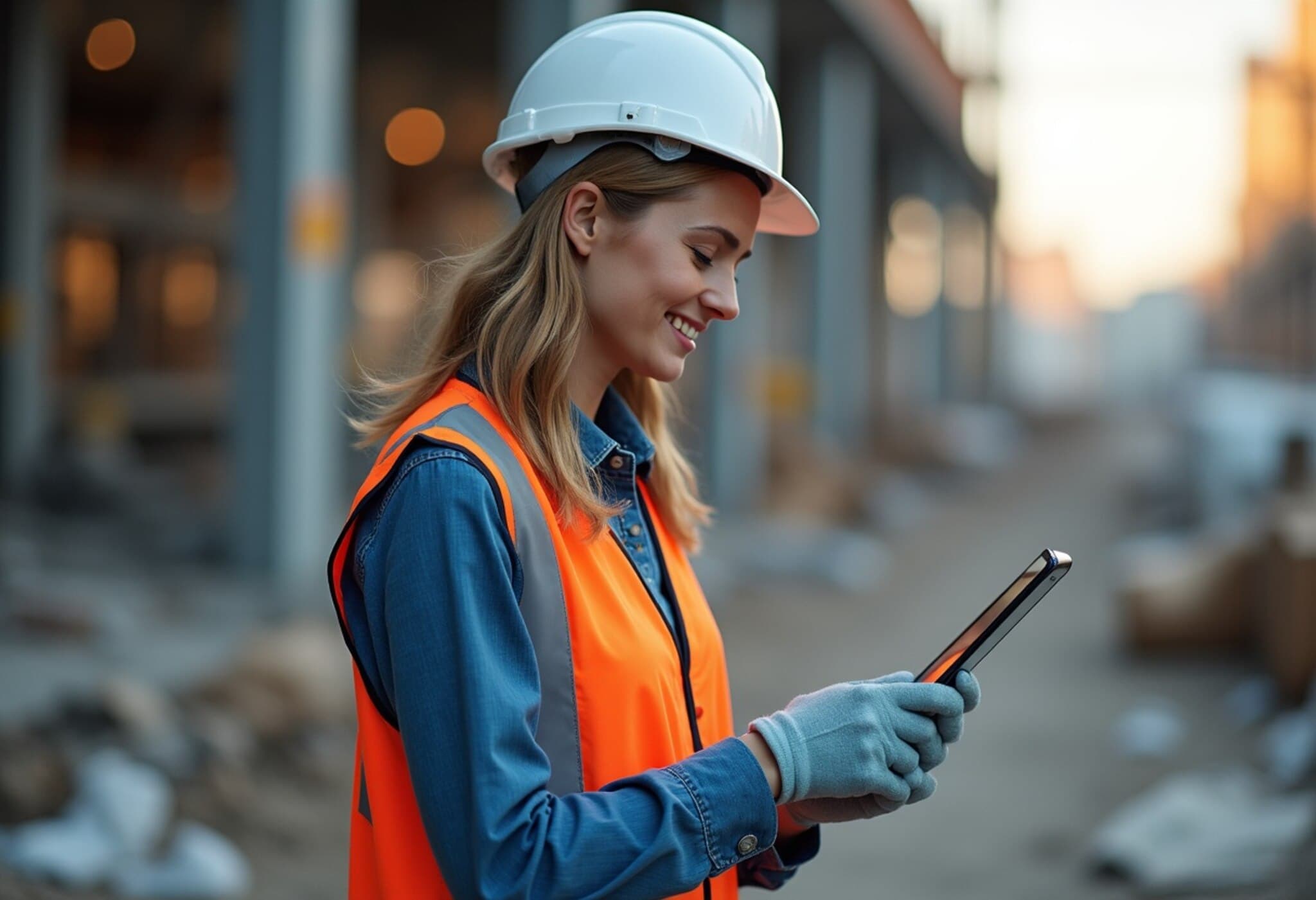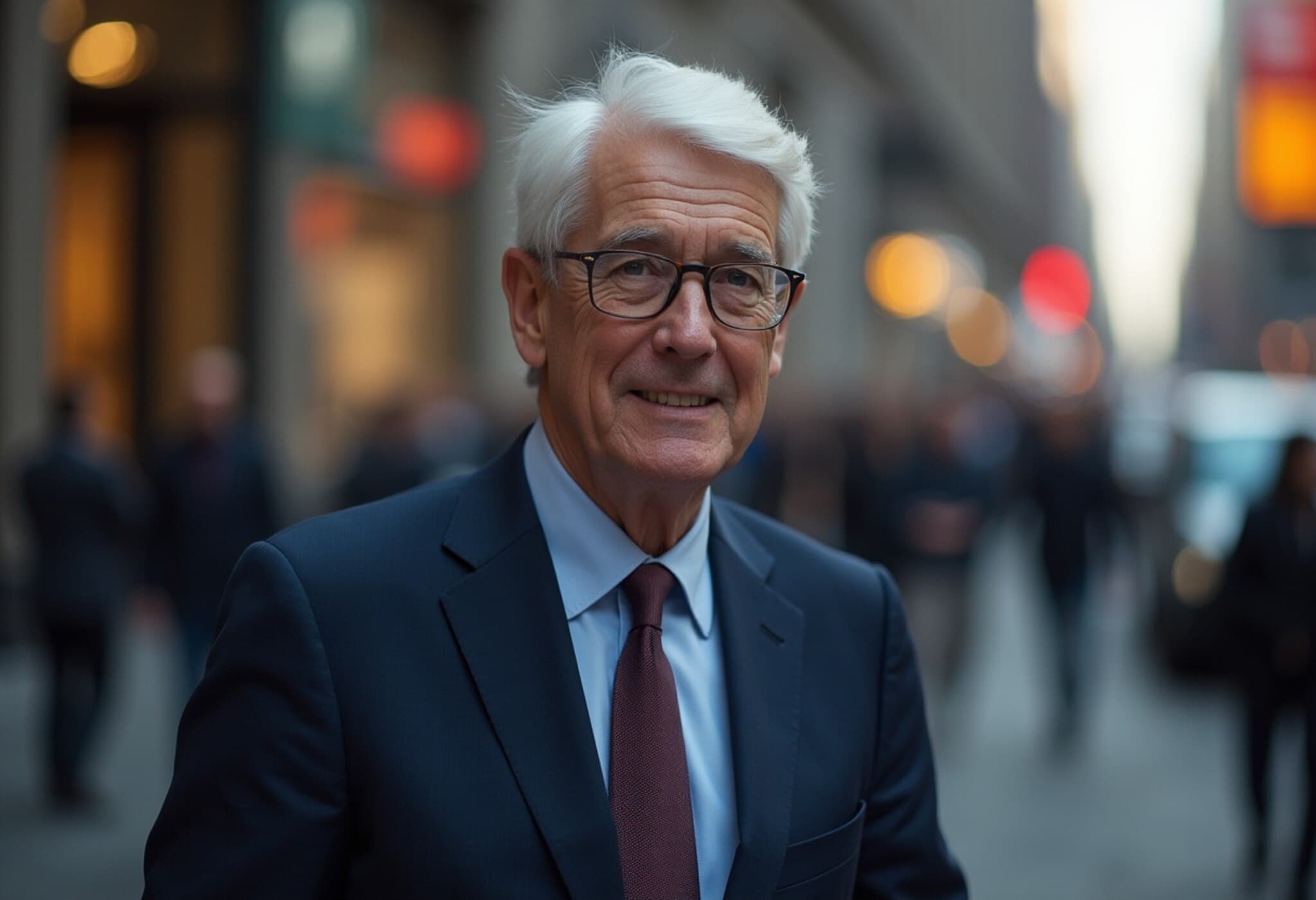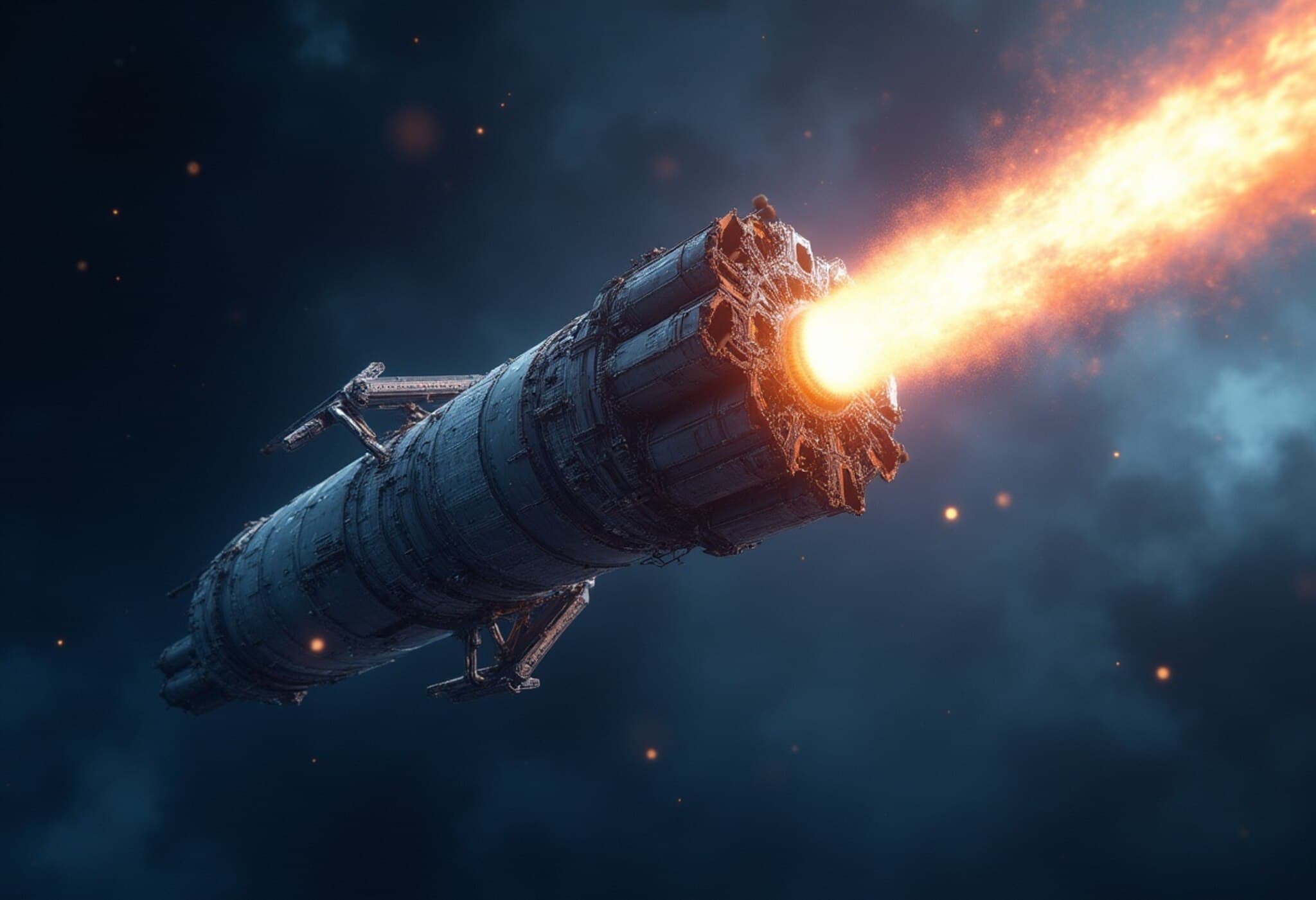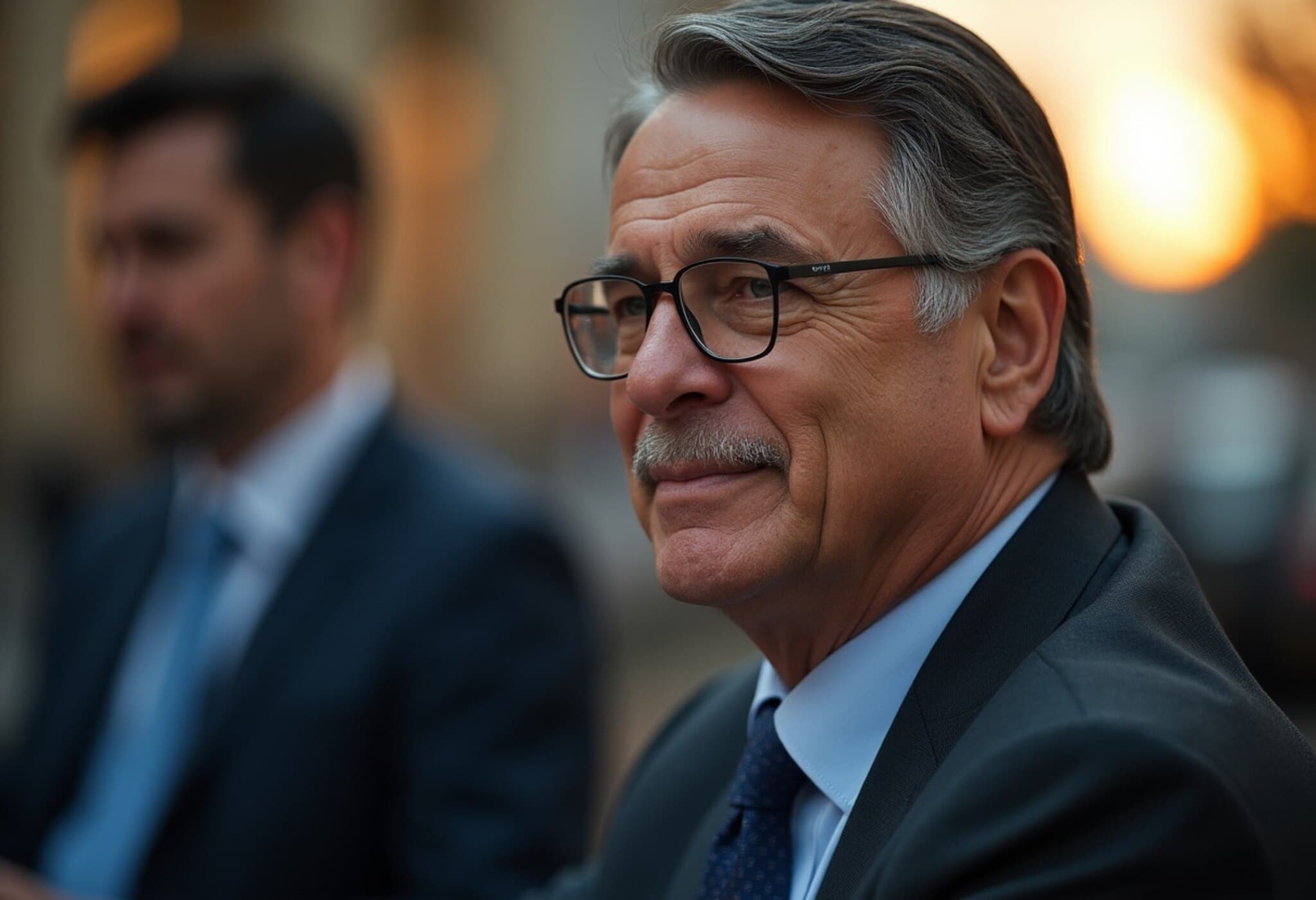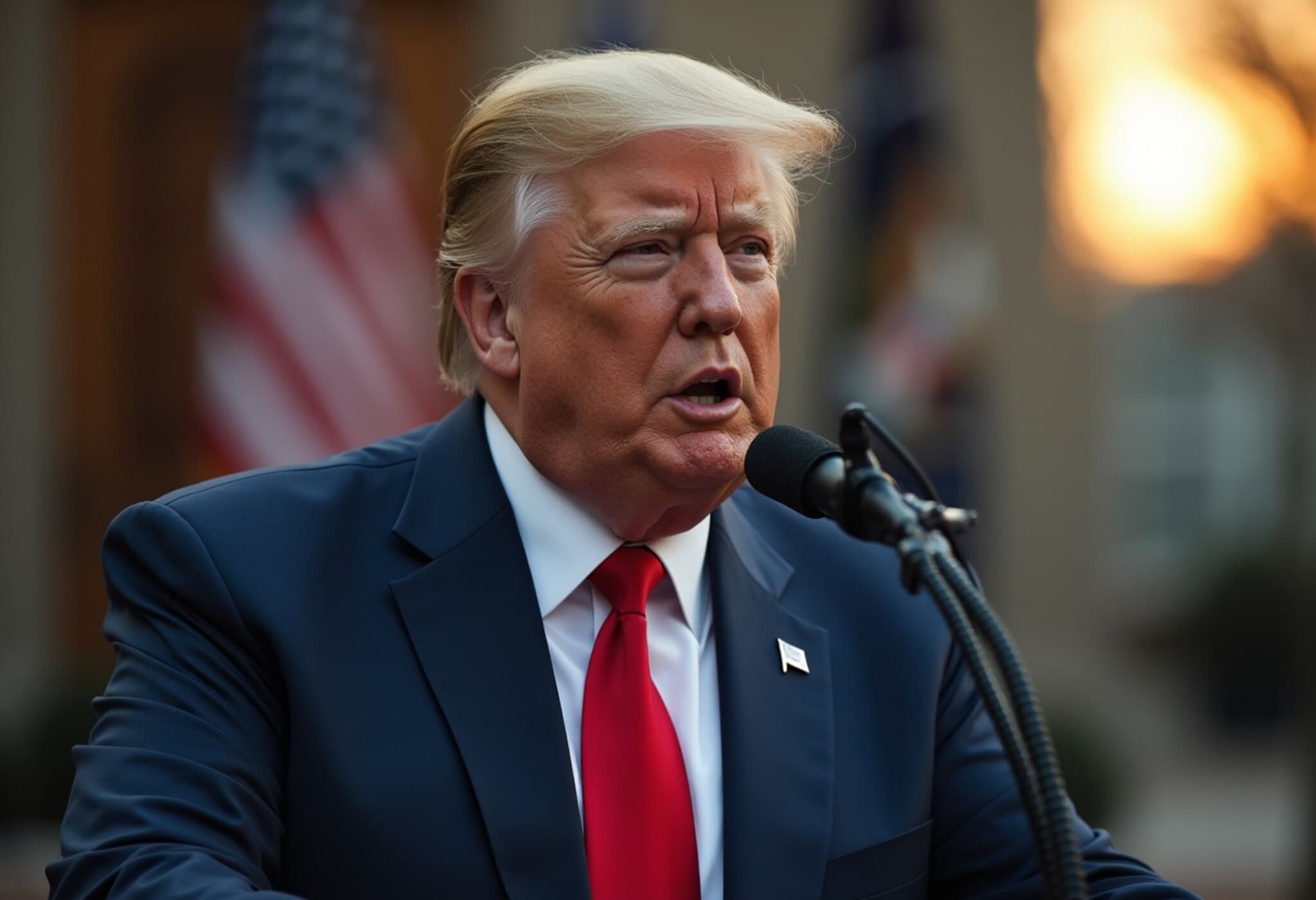Amazon-Backed Zoox Clears Regulatory Roadblock for Autonomous Robotaxis
In a significant milestone for the autonomous vehicle (AV) industry, Amazon’s self-driving car unit, Zoox, has obtained a crucial exemption from the National Highway Traffic Safety Administration (NHTSA). This regulatory green light removes a major barrier allowing Zoox to demonstrate and accelerate deployment of its fully driverless robotaxis — signaling a pivotal moment in the race toward commercial autonomous ride-hailing in the United States.
What the Exemption Means for Zoox and the Industry
The NHTSA exemption permits Zoox to bypass certain federal motor vehicle safety standards, which were originally designed around conventional vehicles with human drivers. This adjustment reflects the agency's intent to accommodate novel, purpose-built AV designs that do not fit traditional regulatory norms.
NHTSA also officially closed a March 2023 investigation into Zoox’s self-certification practices. When the probe was initiated, questions had arisen regarding whether Zoox’s robotaxis met all required safety standards under existing frameworks. The closure indicates regulatory confidence in Zoox’s compliance and technical rigor.
“Transportation innovators can be confident in getting speedy review of their vehicles and, as appropriate, exemption from Federal Motor Vehicle Safety Standards,” said NHTSA Chief Counsel Peter Simshauser, highlighting a shift toward innovation-friendly oversight.
Context: Expansion of the Automated Vehicle Exemption Program
This development came in the wake of the Department of Transportation’s April decision to broaden the Automated Vehicle Exemption Program, which was previously limited to imported AVs. The program now explicitly covers domestically produced vehicles like Zoox's, enabling them to accelerate public road testing and commercial rollouts.
- Before April 2025: Exemptions applied to foreign-made autonomous vehicles only.
- Post-expansion: Domestic innovators, including Amazon’s Zoox, can qualify for streamlined exemption processes.
This regulatory evolution recognizes the urgent need to harmonize safety assurance with technological innovation — a tension that has long challenged policymakers balancing risk and progress.
Zoox’s Ambitious Growth Plans and Market Prospects
Since Amazon acquired Zoox in 2020, the unit has steadily advanced its robotaxi technology described as compact, toaster-shaped vehicles designed explicitly for autonomous operation with zero human intervention. Its newly opened manufacturing plant in Hayward, California, is projected to ramp up production to 10,000 vehicles annually at full capacity.
Looking ahead, Zoox intends to launch commercial service in Las Vegas later this year, marking its first foray into public ride-hailing markets. The company’s cutting-edge driverless taxis — envisioned as two-seater models without steering wheels or pedals — epitomize the future of urban mobility: on-demand, emission-free, and efficient.
Expert Insight: Challenges and Opportunities in Autonomous Vehicle Regulation
From an industry perspective, getting regulatory buy-in is among the toughest hurdles for autonomous vehicles. Unlike traditional cars, robotaxis require new frameworks for safety validation, liability, data privacy, and cybersecurity. Zoox’s exemption signals federal willingness to adapt, yet many roadblocks remain:
- Public trust: Consumers are still cautious about riding in cars without drivers.
- Infrastructure compatibility: AVs must navigate complex urban environments with unpredictable factors.
- Liability questions: Determining fault in accidents involving driverless vehicles is legally complex.
Successful deployment will rely not only on technology but also on comprehensive legal and policy frameworks — an area where continued collaboration among policymakers, manufacturers, and local governments is essential.
Looking Forward: What This Means for the Future of Urban Mobility
Zoox’s progress illustrates a broader shift in transportation technology. As autonomous vehicles inch closer to widespread adoption, the benefits could be transformative — including reduced traffic accidents caused by human error, lower emissions, and increased accessibility for those unable to drive.
Yet, the regulatory journey of Zoox also highlights an important dynamic: innovation must be carefully balanced with rigorous safety oversight. The company’s ability to meet federal safety requirements under an evolving framework will serve as a bellwether for other domestic AV startups and drive the pace of change across the industry.
Editor’s Note
Amazon’s Zoox clearing this regulatory hurdle signals a watershed moment for driverless technology, embodying the tension between rapid innovation and public safety assurance. As Zoox prepares to deploy its robotaxi fleet commercially, critical questions linger: How will consumers respond to fully autonomous ride-hailing? Will the expanded exemption framework maintain robust safety while fostering competition? Observers should watch closely how this regulatory precedent shapes the future landscape of self-driving vehicles.
For American policymakers and industry players, Zoox’s trajectory underscores the urgent need for adaptable, informed regulations that both safeguard the public and catalyze innovation in mobility — a challenge as complex and exciting as the technology itself.
Reporting contributed by Lora Kolodny, CNBC.

